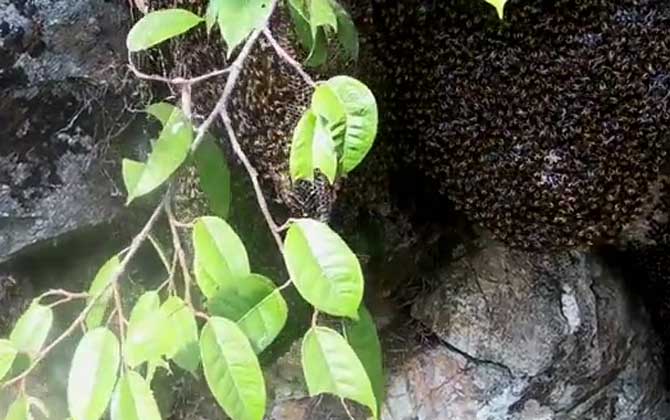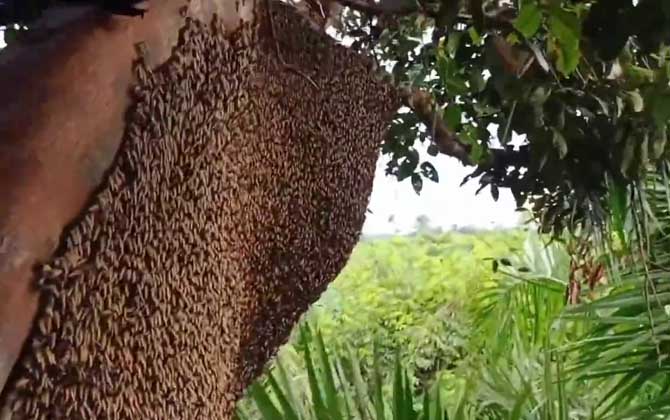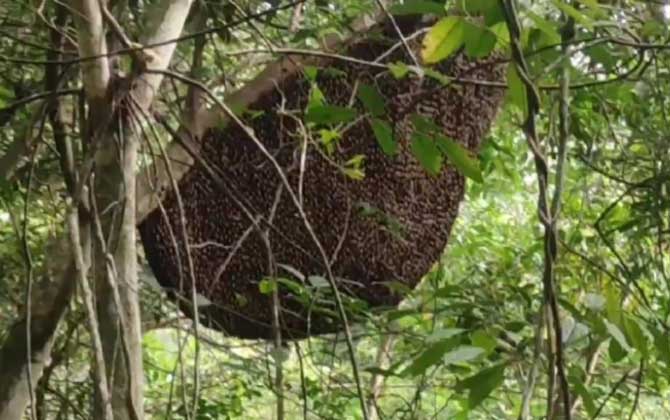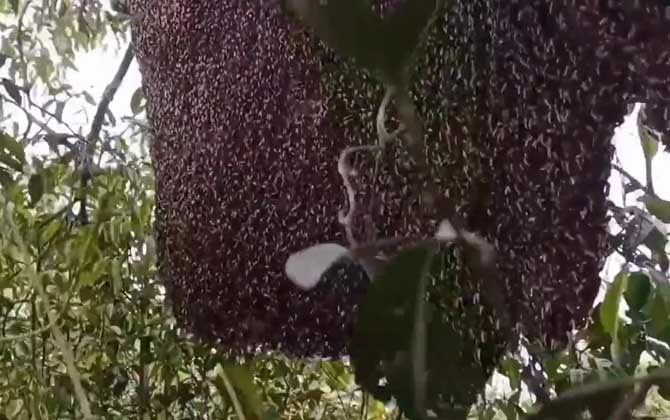Giant Honey Bees: Overview and Characteristics
Giant honey bees (commonly known as bees in Chinese) refer to several social insect species within the genus Apis (family Apidae). These bees are named for their unique behavior of constructing single-comb nests suspended from tree branches or cliff faces. Four recognized species fall under this category: the giant honey bee (Apis dorsata), the Himalayan giant honey bee (Apis laboriosa), the red dwarf honey bee (Apis florea), and the black dwarf honey bee (Apis andreniformis). In China, they are primarily distributed in Yunnan, Guangxi, and Tibet. This article explores their venom potency and related biological characteristics.

I. Taxonomic Classification
Contrary to popular belief, “giant honey bees” are not an official taxonomic classification but rather a collective term for four distinct species. Their defining feature is the construction of exposed single-comb nests in elevated locations. Biologically, they belong to:
- Kingdom: Animalia
- Phylum: Arthropoda
- Class: Insecta
- Order: Hymenoptera
- Family: Apidae
- Genus: Apis
These species predominantly inhabit tropical and subtropical regions of South and Southeast Asia, with ecological adaptations that enable them to thrive in diverse environments.

II. Venom Profile and Toxicity
Giant honey bees possess relatively mild venom compared to other stinging insects. Key facts about their venom:
| Comparison | Giant Honey Bee | Asian Hornet (Vespa velutina) |
|---|---|---|
| LD50 (mg/kg)* | 2.8-3.5 | 1.6-2.5 |
| Stings Required for Fatality | 300+ | 50-100 |
*Lower LD50 values indicate higher toxicity
Their venom contains melittin (40-50% of dry weight) and phospholipase A2, but in lower concentrations than hornets. However, the venom contains potent allergens that can trigger anaphylaxis in sensitive individuals. Approximately 3% of the population shows severe allergic reactions to bee stings.

III. Clinical Manifestations of Stings
When provoked, giant honey bees exhibit strong defensive behaviors to protect their exposed nests. Typical envenomation symptoms include:
- Immediate localized pain (duration: 2-48 hours)
- Erythema and edema within 5-10 minutes
- Pruritus developing within 30 minutes
- Possible systemic reactions in multiple stings:
- Nausea/vomiting
- Diaphoresis
- Hypotension
Most cases resolve spontaneously within 3-5 days without medical intervention. However, delayed-type hypersensitivity reactions may occur 7-14 days post-sting in some individuals.

IV. Evidence-Based Management Protocol
Effective first aid measures for giant honey bee stings:
1. Wound Decontamination
- Remove the stinger within 30 seconds using a scraping motion (avoid squeezing)
- Clean with alkaline solutions (pH 8-9):
- Sodium bicarbonate (3% solution)
- Soap water
- Contrast with hornet stings requiring acidic solutions (vinegar, pH 4-5)
2. Pharmacological Interventions
- Topical applications:
- Antihistamine creams (e.g., diphenhydramine 2%)
- Corticosteroid ointments (1% hydrocortisone)
- Traditional remedies: Crushed Plantago major leaves or aloe vera gel
- Oral medications for severe cases:
- Antihistamines (loratadine 10 mg/day)
- NSAIDs (ibuprofen 400 mg every 6 hours)
3. Allergy Prevention and Management
- Carry epinephrine auto-injectors if known allergy exists
- Monitor for anaphylactic signs:
- Respiratory distress
- Angioedema
- Tachycardia (>120 bpm)
- Seek emergency care if systemic symptoms develop
Ecological Note: These bees play crucial roles as pollinators in tropical ecosystems. Their defensive behavior primarily occurs within 5-7 meters of nests. When encountered in wild settings, maintain a safe distance and avoid sudden movements.